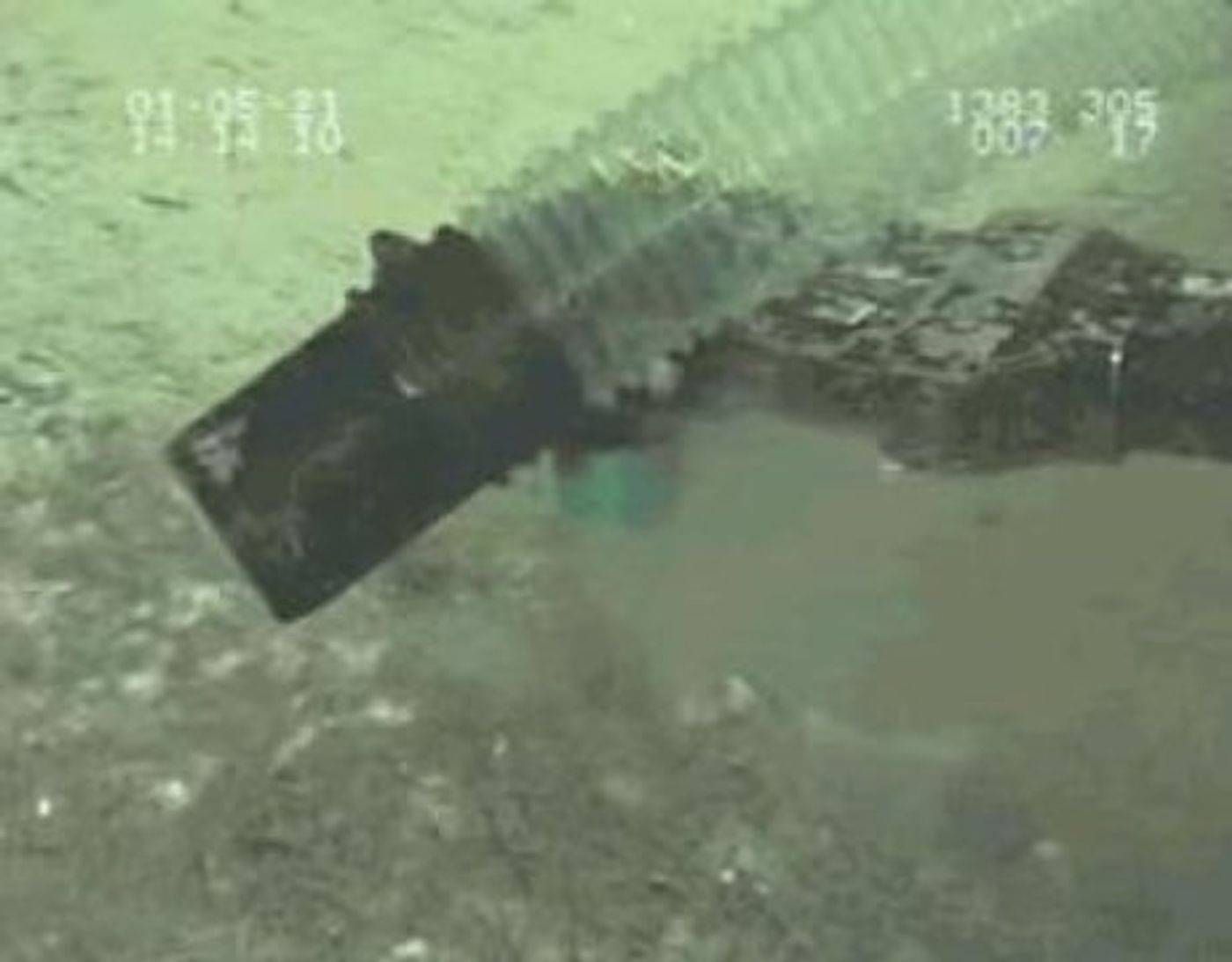Deep-sea CO2 reservoirs threaten our fragile climate
New research published in the journal Environmental Research Letters by an international team of Earth scientists led by USC adds a scary twist to our view of climate change: deep ocean reservoirs of carbon dioxide and methane that could release large amounts of greenhouse gases at any moment.
Well, at any moment, not quite. In fact, just what could trigger the reservoirs to leak the dangerous atmosphere-warming gases is what the researchers were trying to piece together. Lowell Stott, lead author of the study explains the situation:
"Discoveries of accumulations of liquid, hydrate and gaseous carbon dioxide in the ocean has not been accounted for because we didn't know these reservoirs existed until recently, and we didn't know they affected global change in significant ways. This study shows that we've been missing a critical component of the marine carbon budget. It shows these geologic reservoirs can release large amounts of carbon from the oceans. Our paper makes the case that this process has happened before and it could happen again."
Happened before? What? Stott is referring to a time way back at the end of the Pleistocene epoch 17,000 years ago when there was warming from geological hydrothermal systems that resulted in the end of an ice age. But let’s back up a minute.
First of all, where did these greenhouse gas deep-sea reservoirs come from? Though we’ve only relatively recently discovered them and still much is to be learned, we know that they form when volcanic activity releases heat and gases that can congeal into liquid and solid hydrates and thus become encapsulated. The good thing is that the pretty much just stay there unless somehow disturbed. The bad thing is that climate change might be just enough disturbance to push them to the edge.
That’s where understanding what happened 17,000 years ago becomes important. "We're using the past as a way to anticipate the future," said Stott. "We know there are vast reservoirs of carbon gas at the bottom of the oceans. We know when they were disrupted during the Pleistocene it warmed the planet. We have to know if these carbon reservoirs could be destabilized again. It's a wild card for which we need to account.”
In order to account for the wild card of these reservoirs, the researchers needed to figure out what the state of the oceans was when the ice age was ending. Analyzing data from the Eastern Equatorial Pacific (EEP), a primary conduit through which the ocean releases carbon to the atmosphere, during the time of the Pleistocene, they figured out that major releases of naturally occurring carbon from the EEP contributed to a dramatic change in Earth's temperature during that time period. In other words, just like they expected, the data lined up.
But figuring out what caused the reservoirs to release gases (and what could potentially cause them to leak again) is a challenge; determining how many reservoirs exist and how much carbon dioxide and methane they could release is even more difficult. "The grand challenge is we don't have estimates of the size of these or which ones are particularly vulnerable to destabilization [from warming]," Stott said. "It's something that needs to be determined."
Another scary factor is that we haven’t accounted for this potential release of greenhouse gases in our climate change projections. "The last time it happened, climate change was so great it caused the end of the ice age. Once that geologic process begins, we can't turn it off," Stott said.
Sources: Science Daily, Environmental Research Letters









